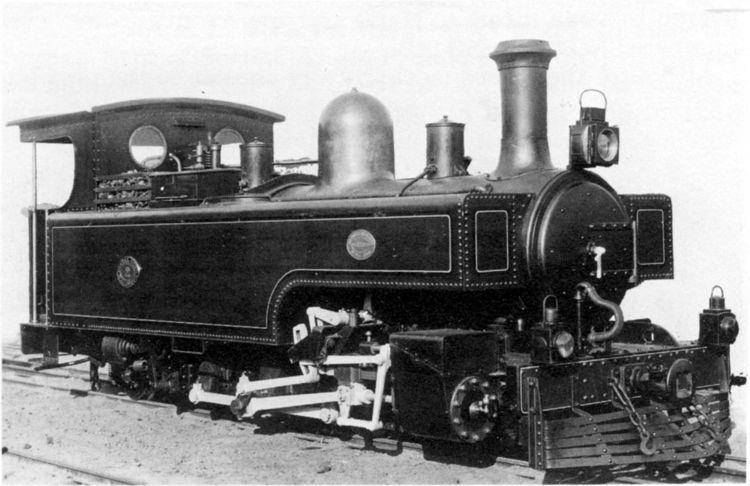 | ||
Incumbents
Governor of the Cape of Good Hope and High Commissioner for Southern Africa:Walter Hely-Hutchinson.
Contents
Governor of the Colony of Natal: Henry Edward McCallum.
Prime Minister of the Cape of Good Hope: Leander Starr Jameson.
Prime Minister of the Orange River Colony: William Palmer, 2nd Earl of Selborne.
Prime Minister of the Colony of Natal: Charles John Smythe (until 28 November), Frederick Robert Moor (starting 28 November).
Events
February
11 – Two British £1-per-head tax collectors are killed near Richmond, sparking the Bambatha Rebellion led by Chief Bambatha kaMancinza, leader of the amaZondi clan of the Zulu people.
May
2 – Lord Alfred Milner, British colonial secretary and the High Commissioner for Southern Africa, returns to Britain.
6 – British troops kill over 60 Zulu warriors during a punitive expedition near Durban.
June
The first issue of the Annals of the Natal Government Museum (currently African Invertebrates) is published by Natal Museum in Pietermaritzburg, South Africa.
Unknown date
Tuberculosis reaches epidemic proportions in South Africa.
Births
6 January – Walter Battiss, artist, is born in Somerset East (d. 1982)
5 March – Siegfried Mynhardt, actor, is born in Johannesburg. (d. 1996)
11 June – N.P. van Wyk Louw, poet, dramatist and essayist, is born in Sutherland, Cape Colony. (d. 1970)
30 October – Archibald Campbell Mzoliza Jordan, Xhosa writer and linguist, is born near Tsolo in the Cape Colony.
13 December – Laurens van der Post, author, farmer, war hero, political adviser, educator, journalist, humanitarian, philosopher, explorer and conservationist, is born in Philippolis. (d. 1996)
Railways
Railway lines opened
Transvaal – Nancefield to Pimville, 2 miles (3.2 kilometres).
22 January – Cape Central – Riversdale to Voorbaai, 58 miles (93.3 kilometres).
6 February – Free State – Jagersfontein to Fauresmith, 8 miles 23 chains (13.3 kilometres).
1 April – Cape Midland – Port Elizabeth to Humewood Road (Narrow gauge), 75 chains (1.5 kilometres).
6 April – Transvaal – Orkney to Fourteen Streams, 135 miles (217.3 kilometres).
16 May – Natal – Donnybrook to Creighton, 15 miles 3 chains (24.2 kilometres).
1 June – Natal – Ennersdale to Loskop, 12 miles 75 chains (20.8 kilometres).
21 June – Free State – Bethlehem to Kroonstad, 90 miles 15 chains (145.1 kilometres).
21 June – Transvaal – Pienaarsrivier to Settlers (Regauged), 26 miles 62 chains (43.1 kilometres).
1 August – Cape Western – Pampoenpoort to Carnarvon, 37 miles 27 chains (60.1 kilometres).
29 August – Cape Eastern – Elliot to Maclear, 54 miles 51 chains (87.9 kilometres).
1 December – Cape Midland – Humansdorp to Misgund (Narrow gauge), 86 miles 20 chains (138.8 kilometres).
15 December – Cape Midland – Valley Junction to Walmer (Narrow gauge), 3 miles 40 chains (5.6 kilometres).
17 December – Cape Eastern – Eagle to Butterworth, 22 miles 79 chains (37.0 kilometres).
26 December – Transvaal – Apex to Witbank, 69 miles 49 chains (112.0 kilometres).
27 December – Transvaal – Pretoria North to Rustenburg, 60 miles 34 chains (97.2 kilometres).
Locomotives
Cape
The Cape Government Railways places three locomotives in service, two of them experimental.
An experimental 9th Class 2-8-2 Mikado steam locomotive. In 1912 it will be designated Class Experimental 5 on the South African Railways (SAR).
An experimental 10th Class 4-8-0 Mastodon locomotive for the Cape Eastern System. In 1912 it will be designated Class Experimental 6 on the SAR.
A single self-contained Railmotor for low-volume passenger service on the Franschhoek branchline.
Natal
The Natal Government Railways (NGR) modifies six of its 4-8-0 Class B locomotives to a 4-8-2 wheel arrangement, the first 4-8-2 Mountain type tender locomotive in the world. In 1912 it will be designated Class 1B on the South African Railways (SAR).
In April the NGR places two Class N 4-6-2 narrow gauge tank locomotives in service on the new narrow gauge line that is being built between Estcourt and Weenen.
